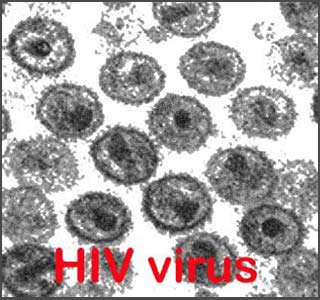
Apparently, the study findings seem to be important in view of the HIV virus’s ability to escape specifically designed medicines by changing itself quickly.
It is believed that the new model seems to provide insight into the effects of these mutations on HIV medicine. Supposedly, this model seems to allow medicines to be more effectively modified for individual patients, as it helps in battling against specific medicines.
The study experts purportedly seem to have developed a computer model to understand how the HIV virus in human cells is blocked by the medicines thereby studying the infection at the molecular and cellular levels.
Supposedly, the medicine’s ‘binding affinity’ with different viral proteins seems to be used in order to determine its effectiveness in individual patients. It is believed that the computer model seems to provide insight through which the virus penetrates into the cell as well as the immune system’s following response.
Evidently, the unique method of determining the most effective HIV medicine for each individual patient seems to appear through the development of new computer algorithms. This model seems to link information with the existing medical records, and thereby results in this revolutionary technique of verifying the most apt treatment for each of the patients with HIV.
Apparently, at present a follow-up study seems to be carried out to evaluate how these computer simulations can help in predicting the spread of the HIV virus across the world. This supposedly even involves connecting the molecular data with sexual contact network models and the data available from the medical literature and patient’s file.
It is believed that these findings may be an outcome of a long-term cooperation between doctors, virologists, mathematicians, information specialists and also computational scientists.
This study has been published in Philosophical Transactions of the Royal Society A.
